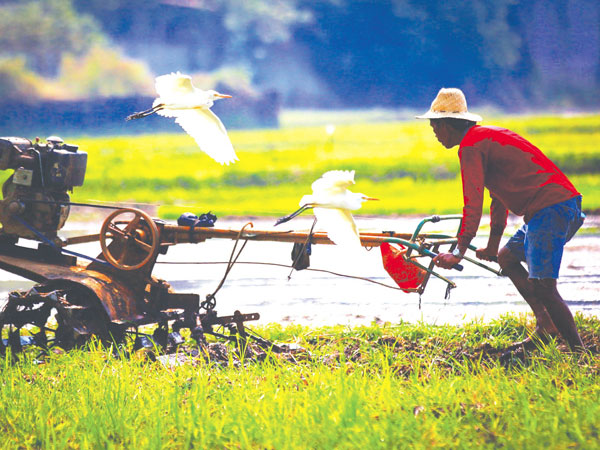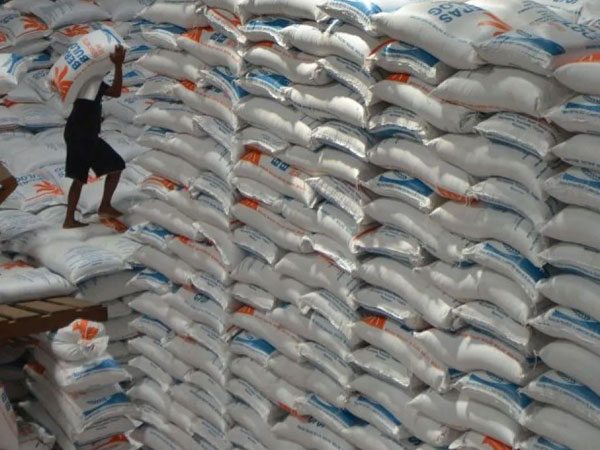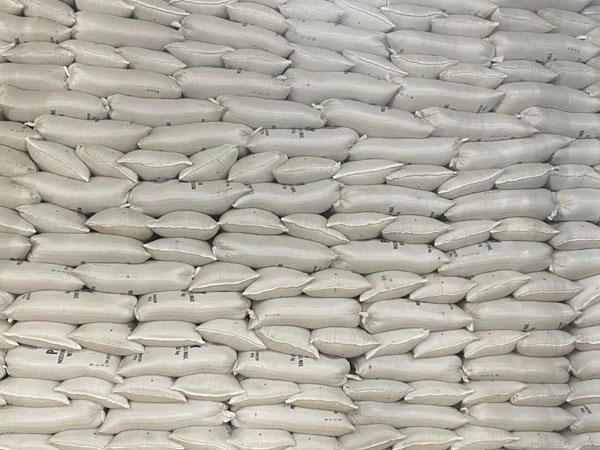 The government wants to combine funds from the Rice Competitiveness Enhancement Fund (RCEF) and the National Rice Program (NRP) for an initiative that aims to boost the productivity of rice and other staple grains.
The government wants to combine funds from the Rice Competitiveness Enhancement Fund (RCEF) and the National Rice Program (NRP) for an initiative that aims to boost the productivity of rice and other staple grains.
During a Senate hearing on Agriculture, Food, and Agrarian Reform last Wednesday, a senior DA official said centralizing the funding would streamline projects under the two rice programs.
In the proposed National Expenditure Program (NEP) for 2026, the RCEF was allocated P30 billion, while the agency’s NRP received P29.9 billion.
“Just imagine that you have a P60-billion fund being managed individually by different agencies without a clear coordination mechanism. Structurally, the way we are managing rice is, to say the least, inefficient or even flawed,” a DA official said.
“As a result, we can see that despite the continued increase in the budgets of both NRP and [RCEF], production did not increase.”
The DA noted that the steady rise in budget allocation for both programs did not tally with the country’s rice productivity, which was stagnant at 4.1 metric tons (MT) per hectare, while farmers’ incomes remained low.
The agency proposed that such integration of RCEF and NRP should be dubbed National Staple Development Program.
Under this program, there would be integrated support for seeds, fertilizers, mechanization, and post-harvest. It also aims to reduce postharvest losses by as much as 20 percent.
Such an initiative is among the DA’s proposals to strengthen the country’s rice industry, which is currently grappling with the slide in farmgate prices of palay. This includes rebuilding the national extension support system.
Currently, agricultural extension has been devolved to local government units (LGUs) under the Local Government Code of 1991, which severed the DA’s direct ties with agriculturists.
Furthermore, the agency called on lawmakers to include the private sector’s involvement in succeeding legislation through fiscal and non-fiscal incentives.
“Nowhere in the law—the RTL or its succeeding amendment—was the value chain given any attention,” the senior agriculture official said. “It was either the farmer or the consumer, forgetting that the rice will not reach the consumers without an effective and efficient value chain.”
The DA said such interventions would help safeguard the livelihood of 3.4 million farmers and farm workers, secure the P554-billion rice value chain from collapse, and ensure the affordability of rice.














© Copyright 2025 The SSResource Media.
All rights reserved.